Top 5 Mobile Device Management Trends in 2025
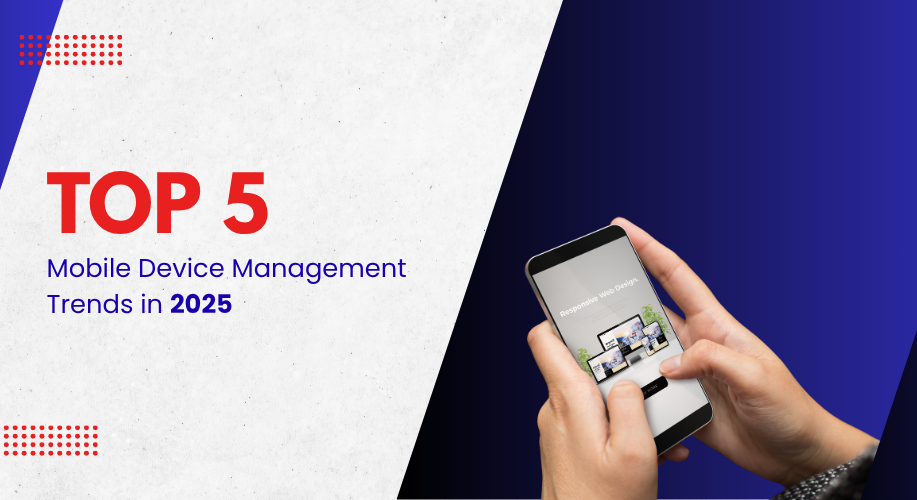
Does managing your company’s mobile devices in 2025 feel a bit like herding cats wearing jetpacks?
You're not alone. With the speedy evolution of tech, increased demands of hybrid work, and ever-evolving threats, mobile device management (MDM) has turned into one of the most critical pillars of IT strategy.
We’re seeing some big shifts in Mobile Device Management Trends in 2025. AI in mobile device management is finally doing more than just sounding futuristic. It’s stepping in quietly behind the scenes, fixing things before you even notice something’s wrong. And as for security? The old “trust but verify” motto is officially retired. With Zero Trust MDM, the approach is simple: trust no one, verify everything, every login, every access attempt, every time.
In this blog, we’re breaking down the top mobile device management trends that are changing how businesses protect, manage, and empower their mobile workforce. Let’s dive in and figure out what really matters in MDM this year and how to stay a few steps ahead.
Zero Trust MDM: Because “Trust but Verify” Doesn’t Cut It Anymore
Just because someone’s logged in doesn’t mean they should have the keys to everything. And this is where Zero Trust MDM steps in. It’s the digital equivalent of asking for ID at every door, no matter how familiar someone looks. You verify everything every time.
And in 2025, this isn’t overkill; it’s survival. Survival of the smartest and safest.
With teams working from home, cafes, airports, and places with sketchy Wi-Fis, the chances of data ending up where it shouldn’t are higher than ever. Add in mobile devices that get passed around, left behind, or used on the fly, and the risk multiplies fast.
Zero Trust MDM makes sure that even if someone’s using the right device, they still have to prove they should be there. It checks the device posture (is it secure?), location (is it expected?), and access behavior (is it normal?) before giving a green light. It’s like your MDM solution is finally getting street smart.
And no, it’s not about paranoia. It’s about peace of mind. Because when you know your security isn’t relying on just one password or one user role to keep everything safe, you sleep a little better.
So whether you’re managing a small startup team or an enterprise full of BYOD chaos, zero trust isn’t a maybe anymore. It’s the new normal.
AI in Mobile Device Management: Smarter, Faster, Safer
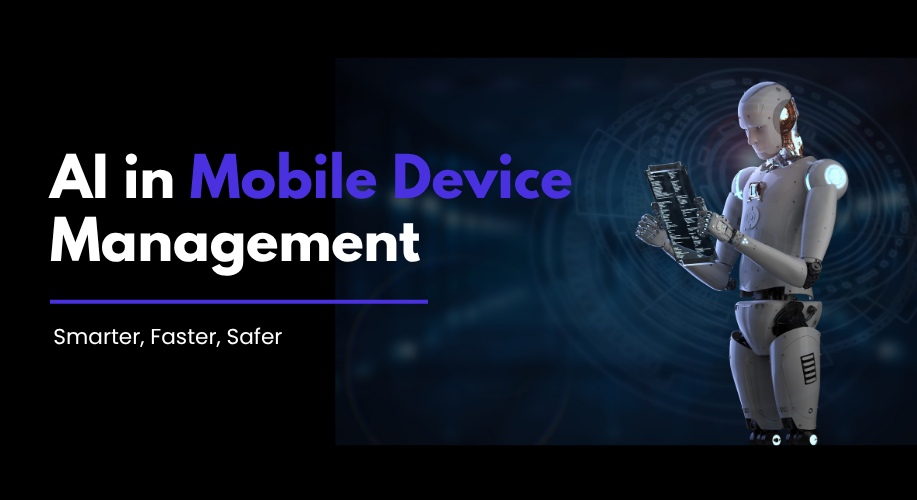 There was a time when IT teams had to do everything manually, pushing updates, watching for weird activity, and fixing bugs at odd hours. It was chaos with a calendar invite.
Now? AI is finally stepping in and doing what it was supposed to do all along: actually help.
We’re no longer talking about reactive tools. We’re talking about proactive, always-on support. Think of it like your car telling you the tire’s about to go flat, not after it already has. And the best part is that the more it works, the smarter it gets. AI in mobile device management learns from patterns, adapts to environments, and keeps making itself better without anyone needing to nudge it.
For teams managing dozens or thousands of mobile devices, this isn’t some shiny extra. It’s the thing that keeps everything from breaking at once. It doesn’t just save time. It saves sanity.
There was a time when IT teams had to do everything manually, pushing updates, watching for weird activity, and fixing bugs at odd hours. It was chaos with a calendar invite.
Now? AI is finally stepping in and doing what it was supposed to do all along: actually help.
We’re no longer talking about reactive tools. We’re talking about proactive, always-on support. Think of it like your car telling you the tire’s about to go flat, not after it already has. And the best part is that the more it works, the smarter it gets. AI in mobile device management learns from patterns, adapts to environments, and keeps making itself better without anyone needing to nudge it.
For teams managing dozens or thousands of mobile devices, this isn’t some shiny extra. It’s the thing that keeps everything from breaking at once. It doesn’t just save time. It saves sanity.
Embracing Cloud-Based MDM Solutions for Scalability
Remember when managing devices meant plugging them into your laptop one by one, hoping nothing exploded? Yeah, we’ve moved way past that. Today, cloud-based MDM solutions are doing the heavy lifting quietly, remotely, and without asking for a VPN every five minutes. Whether your team is fully remote, scattered across time zones, or just allergic to clunky tools, going cloud-first is the smartest way to scale.
With cloud-based MDM solutions, you can push updates, lock down lost devices, monitor usage, and roll out policies from wherever you are, on a train or at an airport. Or, let’s be honest, in your pajamas on a Sunday night when something weird pops up in the logs.
And because everything lives in the cloud, it’s faster to deploy, easier to manage, and more flexible when things inevitably change. Need to onboard a dozen new team members overnight? No problem. Need to revoke access in seconds? Done.
It’s low-touch for the IT team, high-impact for the business, and built for a world where "workplace" is more of a concept than a location.
Want to see how cloud-first MDM works in practice? Check out our mobile device management services to get a clearer picture.
BYOD MDM Best Practices: Balance Freedom with Control
Letting employees use their own devices is efficient, cost-effective, and a little terrifying, isn't it?
Because while BYOD (Bring Your Own Device) might sound like a chill, flexible policy, it can also feel like inviting your entire team to a company potluck and hoping nobody accidentally poisons the data. That’s why BYOD MDM best practices are non-negotiable.
Start with clear policies. Who can use what? What happens when someone leaves the company? What if their kid downloads a sketchy app onto the same phone that holds sensitive files?
A solid containerization strategy can help keep work and personal data separate, like having a secure vault inside someone’s phone. Add encryption, enforce password rules, and don’t forget remote wipe options for when devices get lost, stolen, or handed down to a cousin without IT knowing. The key to good BYOD MDM best practices is balance. You want people to feel like they own their devices but still protect the company from becoming a security horror story. It’s not about being overprotective but about being smart. Give employees freedom, but set the fences. Let them work how they want, while making sure the data stays where it should.
Future-Ready Strategies: What IT Leaders Should Prioritize Now
The future doesn’t wait, and neither should your mobile device management strategy.
If the last few years taught us anything, it’s that “good enough” isn’t actually good enough. Devices are everywhere, threats are smarter, and your team expects things to just work. So if you’re still treating MDM like a once-a-quarter checklist item, it might be time for a rethink.
Start by embracing unified endpoint management (UEM), because managing phones, laptops, tablets, and that one rogue IoT sensor separately? Not sustainable. One dashboard, one strategy, fewer headaches.
Then there’s 5G. It’s not just about faster cat videos. It’s changing how devices connect, sync, and work together. With high-speed, low-latency connections, your endpoints can do more in real time, which means your MDM tools need to keep up.
And don’t ignore sustainability. Green IT is no longer just a trendy concept. From extending device lifecycles to energy-efficient provisioning, how you manage devices matters for your ESG goals too.
Basically, future-ready means future-proof. It’s not about having all the answers but asking the right questions now so you're not scrambling later.
And if you're looking to boost visibility or credibility in the tech space, being listed on trusted directories like Directory Goo can help businesses stand out while potential clients know you're the real deal.
Final Thoughts
Mobile devices aren’t going anywhere. If anything, they’re multiplying along with the challenges of managing them. But with the right mindset and tools, you don’t have to feel like you’re always one step behind.
Whether it’s AI in mobile device management, Zero Trust MDM, cloud scalability, or BYOD chaos, you’ve got options. And when those options are used right, they give your team more freedom, more security, and a lot fewer “what just happened?” moments.
MDM in 2025 is less about controlling devices and more about empowering people without compromising the things that matter.
If you're rethinking your MDM setup or finally ready to build one that doesn’t give you a headache, we’re here to help. From strategy to implementation, we’ve got the experience (and the patience) to make it smoother.
Contact us to build something secure, scalable, and seriously future-ready.



.png)






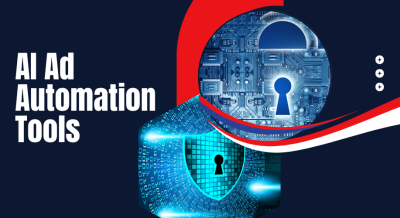
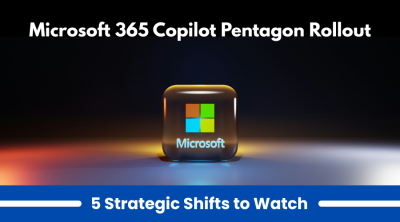








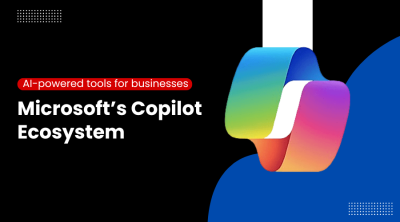
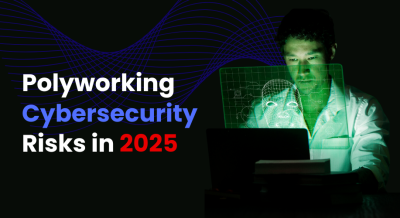




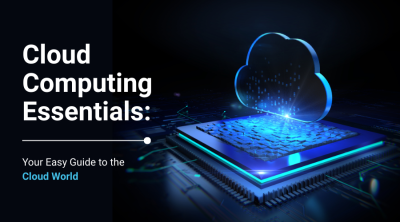


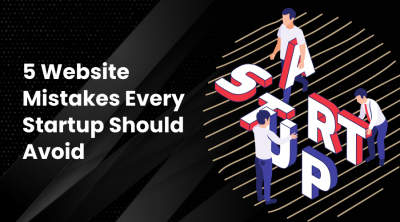

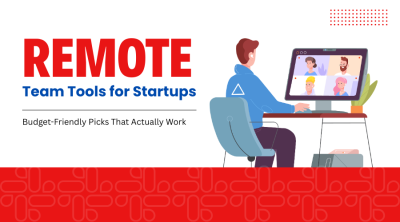



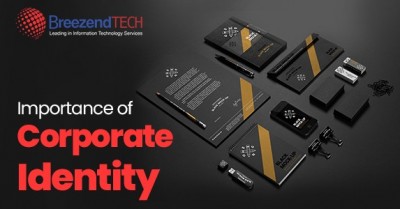

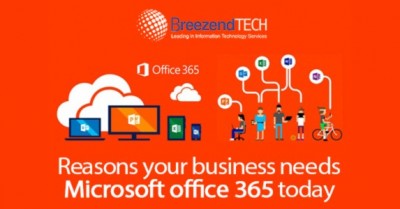
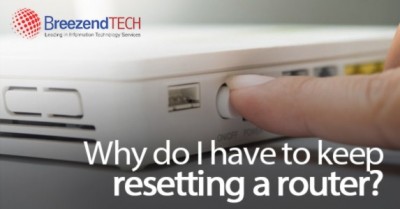

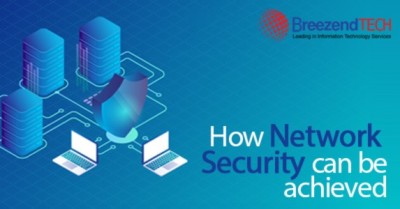


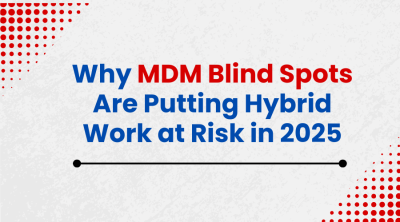
Comments (0)